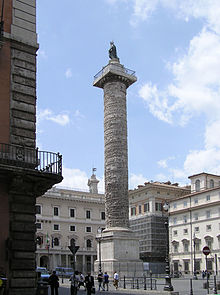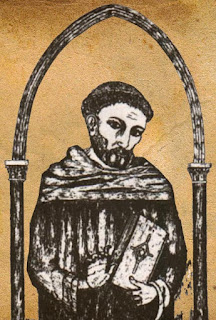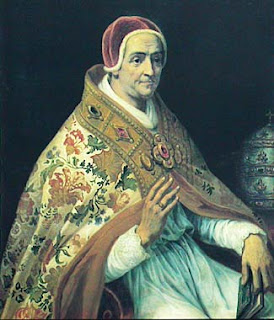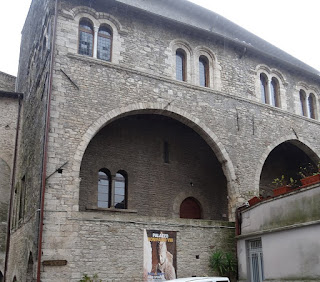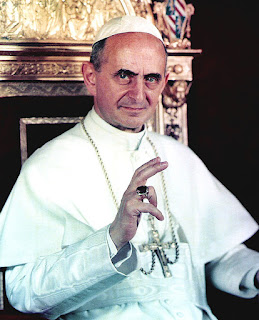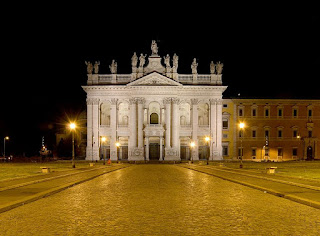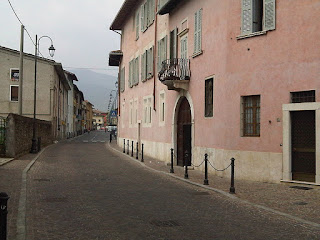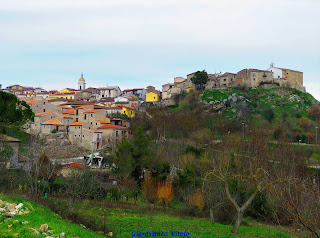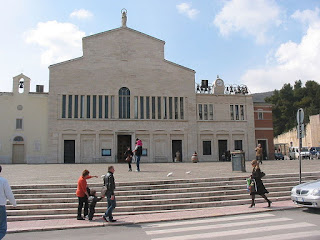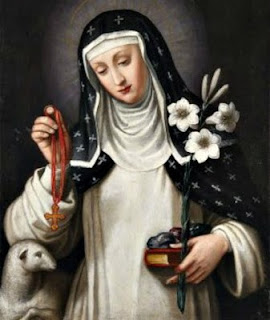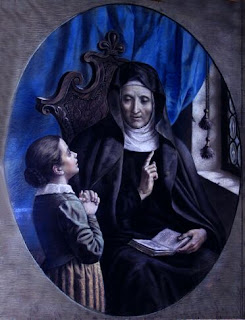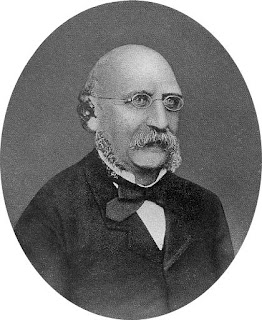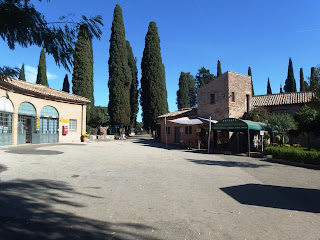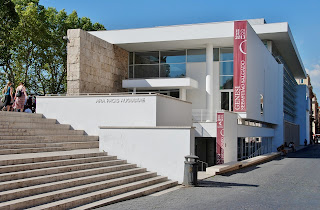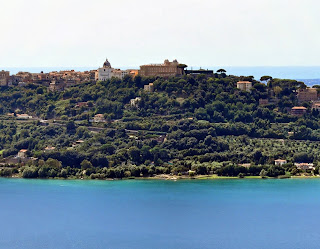The day a pontiff finally lost patience with the Tudor king
 |
| Pope Paul III was born Alessandro Farnese and became pope in 1534 |
Henry had been threatened with excommunication by the previous pope, Clement VII, in 1533 after he married Anne Boleyn. However, Clement did not act on his threat straight away, hoping Henry might come to his senses.
Henry had been awarded the title of Defender of the Faith by a previous pope because he had written a defence of the seven sacraments of the Catholic church against the protestant leader Martin Luther.
But Clement died the following year and a new pope had to be elected.
Pope Paul III, who was born Alessandro Farnese, became pontiff in 1534 and took on the job of organising the Counter Reformation as well as using nepotism to advance the power and fortunes of the Farnese family.
When it became clear Henry was intent on demolishing the Catholic Church in England, Paul III issued the original papal bull - edict - drawn up by Clement VII.
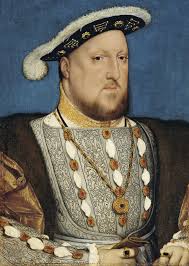 |
| Henry VIII was punished for his attack on the English Catholic Church |
In the bull, Paul III specifically referred to Henry’s actions in digging up and burning the bones of St Thomas of Canterbury, scattering his ashes to the winds and driving out the monks from St Augustine’s monastery in the same city, putting his deer in their place.
During the rest of his time as pontiff, Paul III used his diplomatic skills to avoid conflict with both Francis I of France and the Emperor Charles V and he reasserted papal control of central Italy.
He convened the Council of Trent in 1545, which met at Trento in northern Italy for nearly eight years to plan the Catholic resurgence in response to the Protestant Reformation.
 |
| The Sistine Hall of the Vatican Library in Rome |
The Vatican Library in Rome is the official library of the Holy See. Established in 1475, it is one of the oldest libraries in the world and has more than one million books. In the 17th century, on the orders of Pope Paul V, the Vatican Archives, containing all the Acts promulgated by the Holy See and other important documents, were separated from the Vatican Library. They remained closed to outsiders until the late 19th century when Pope Leo XIII made them available to researchers again. In 2012, to mark the 400th anniversary of the Vatican Archives, a selection of the documents was put on display in the Capitoline Museums in Rome. They included a letter signed by 81 English noblemen, which had been sent in 1530 to Pope Clement V11 urging him to annul Henry VIII’s marriage to Catherine of Aragon so he could marry Anne Boleyn.
Hotels in Rome from TripAdvisor
 |
| Pope Paul III renewed Michelangelo's commission to work on St Peter's Basilica during his time in office |
As well as leading the Counter Reformation, Paul III was a keen patron of the arts and during his reign as Pope he renewed Michelangelo’s commission to paint the Last Judgment on the wall of the Sistine Chapel in the Vatican Palace and oversaw the project until it was completed in 1541. He also appointed Michelangelo to take over the supervision of the building of St Peter’s Basilica after the death of the architect Antonio Sangallo the Younger. He commissioned the building of the Palazzo Farnese in the centre of Rome to reflect his wealth and status. The palace was initially designed by da Sangallo but was given some architectural refinements by Michelangelo.
More reading:
The death of Pope Julius II, the 'warrior pope'
The legacy of Michelangelo
Ranuccio II Farnese - the Duke of Parma who feuded with popes
Also on this day:
546: Rome falls to the Ostrogoths
1749: The birth of composer Domenico Cimarosa
1981: Red Brigades seize Nato boss
Home


